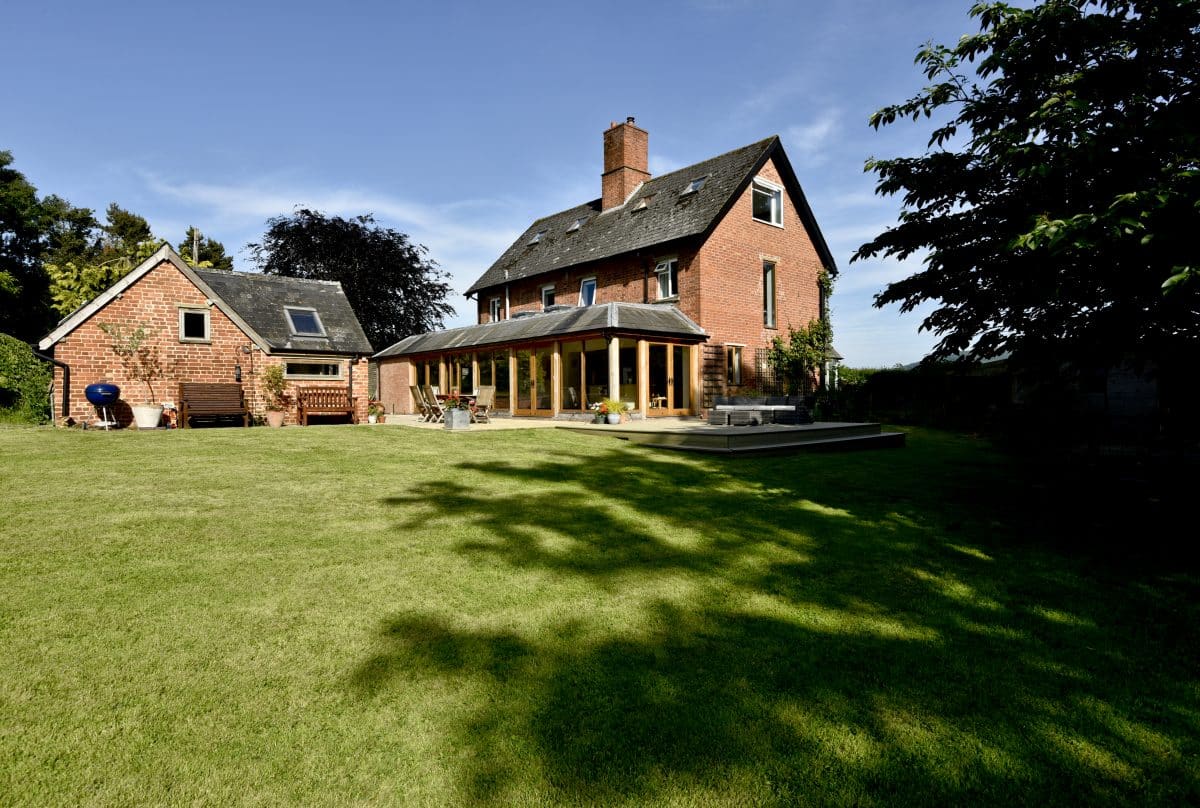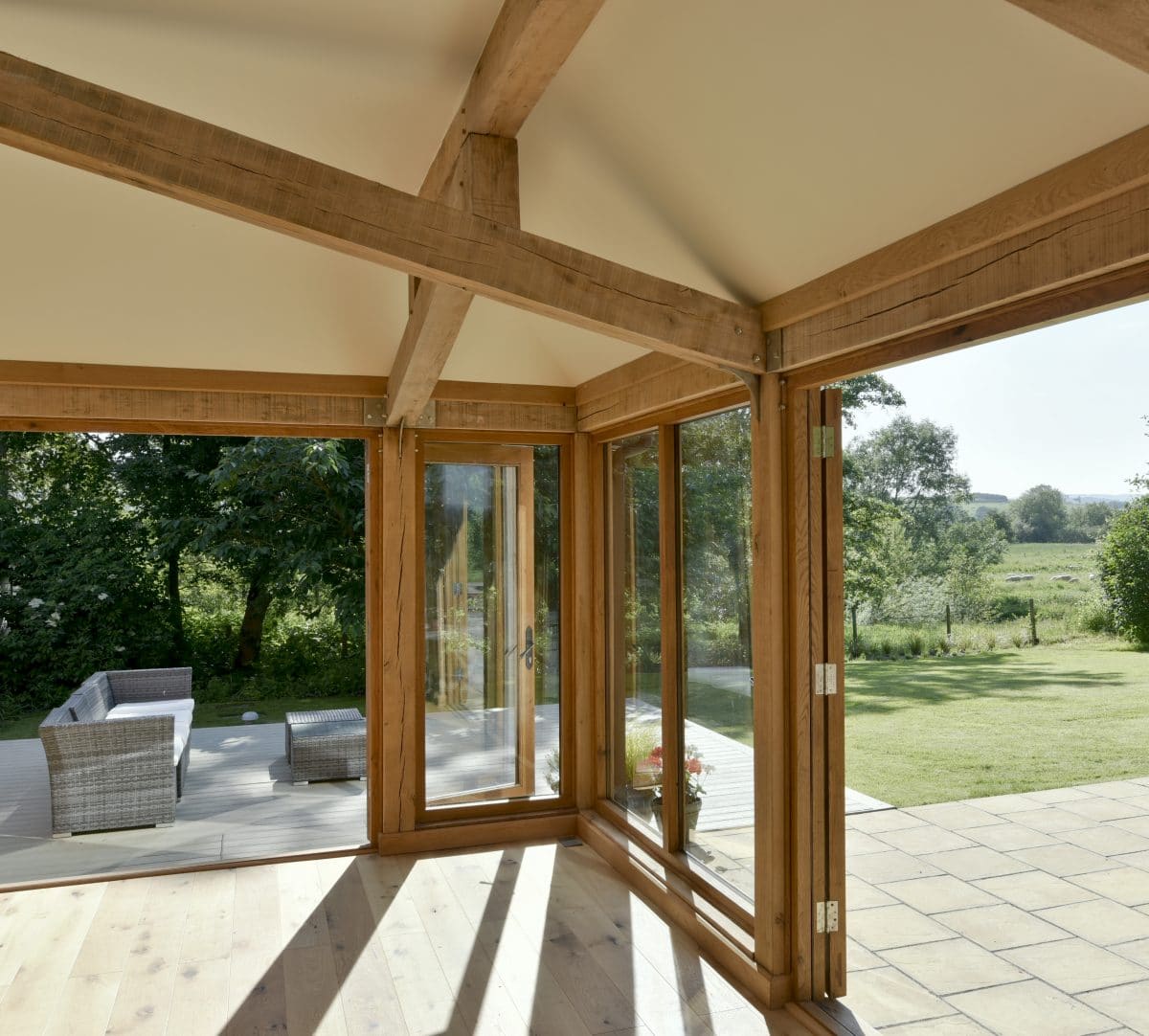In architecture there is typically a focus on the finished buildings and the architects themselves.
However, we are more interested in the human element of architecture and the thought processes and emotional responses that sit behind the creation of a new space.
We recently completed a home extension for a couple, Jenny and Simon, who live in north Herefordshire. You can read the story of the project and see photographs here. We asked them about their experiences of working with an architect to reshape their home and we share their thoughts here.
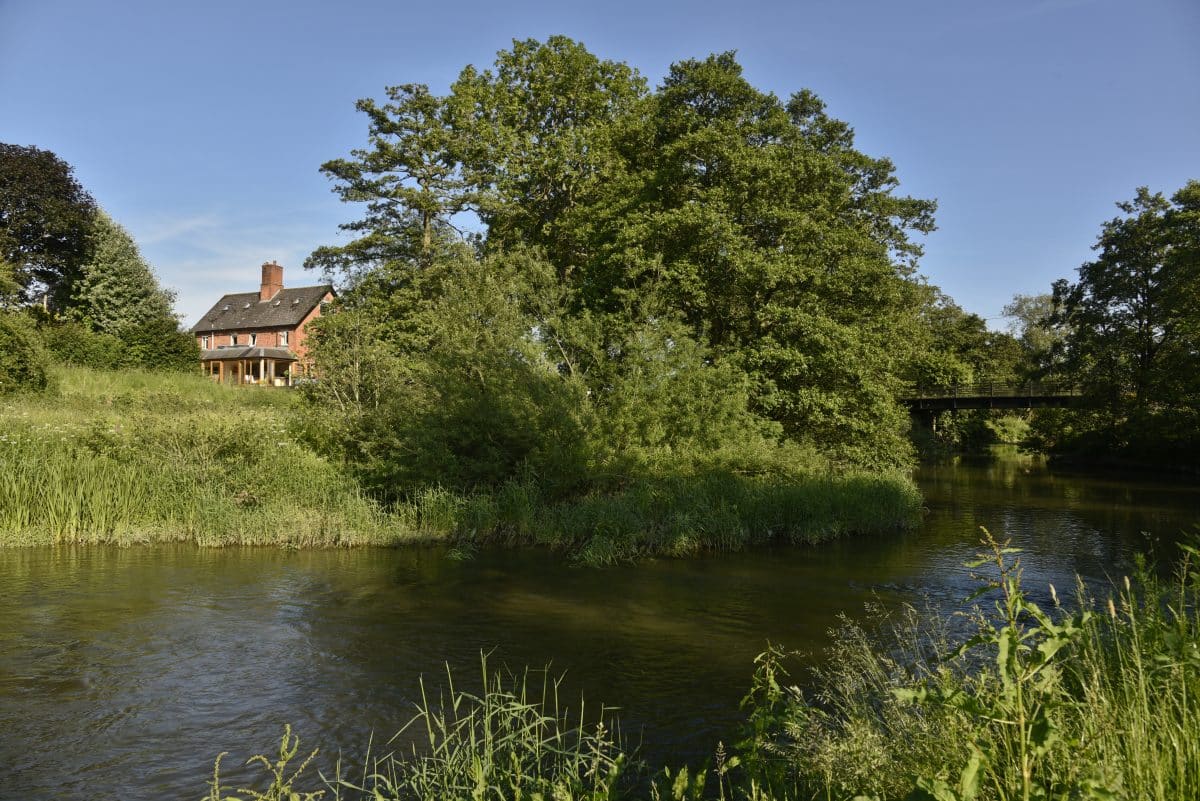
The decision to appoint an architect
For Jenny and Simon there were two strands of thinking behind their decision to appoint an architect.
The first strand was around design.
“We had a broad picture of where we wanted to end up but we had no idea how to get there. We wanted someone who would take our ideas and build on them.”
Simon
The second strand was around knowledge and experience.
“We are both ex-professionals, used to making decisions and working with other people’s money. It’s different when it’s your own money and in an area you don’t understand. This was the first major building project we had worked on and we wanted someone who would manage the process and explain what was going on.”
Jenny
Both Jenny and Simon knew they would need to find an architect they had a connection with.
“The personality of your architect is very important, particularly when you’re newcomers. You quickly get a gut feel if it’s someone you can work with and discuss plans with. Our first phone call with Communion was a very positive experience – they were very good in terms of quickly understanding what we wanted and what Communion could do for us.”
Jenny“We were most impressed by Alex when he came round – we felt he understood the vision we had for the property.”
Simon
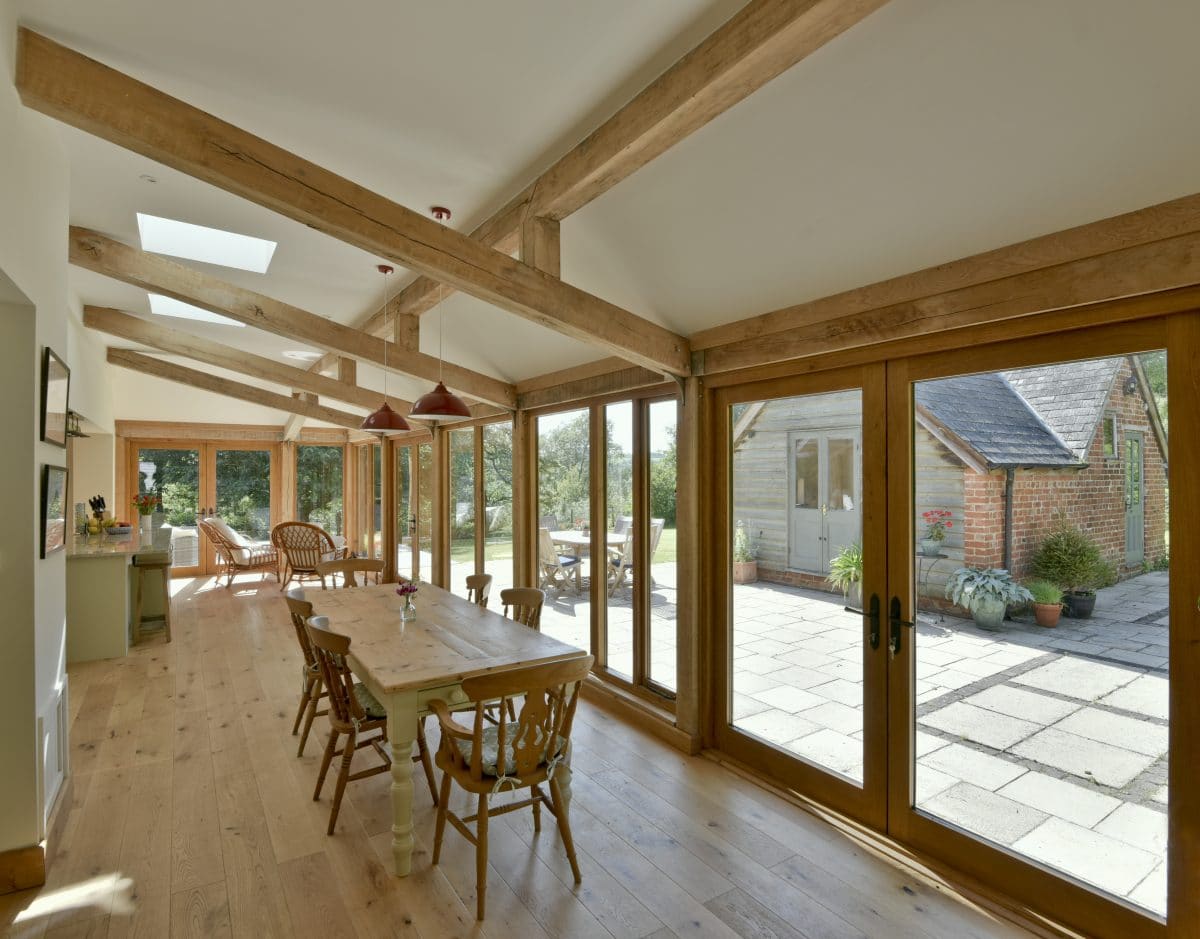
Designing the project and gaining planning permission
Developing a design and gaining planning permission is Stage One of our process.
For Jenny and Simon, their project needed to achieve two things if it was going to be successful.
“We have an indifferent property on fantastic plot. We wanted to make the most of the plot and the views on it. The property was two combined turn-of-the-century brick cottages but although it had been made into one house, it still felt very much like two. We wanted to create one streamlined house with a good flow-through. At the same time, we didn’t want to gut it – we wanted to keep some semblance of the original houses.”
Jenny
Like most people, Jenny and Simon had a budget in mind for the project.
“We were trying to create a home to live in, not an investment asset. At the same time, you have to keep an eye on the fact that it will be sold somewhere down the line.”
Jenny
It became clear that creating Jenny and Simon’s vision for their home would cost more than the budget allowed. We therefore worked through our value engineering process, understanding which elements of the project were essential to their vision and which were less important. By doing this we created a design that gave them what they needed within a budget they were happy with.
“We prioritised. We said, these are the most important elements, this is where we want to spend our money and we worked back from there.”
Jenny

Designing the finer details and agreeing the price
Once we have agreed a design and secured planning permission (if it is needed), we detail every element of the design. This enables us to ask building contractors to give accurate quotes for the work and to appoint a preferred building contractor from there. This work, and more, makes up Stage Two of our process.
“It took a while for all the builders to complete the exercise in such detail but it was worthwhile doing.”
Simon
Once we have quotes from each of the building contractors we have asked to tender, it is time to choose the preferred contractor. The choice is just as important as the choice of architect.
“It’s a three-way relationship. You need to find a builder you have a personal connection with because you will be working in a stressful situation.”
Jenny“Signing a contract is a scary thing. It’s terribly important to get it right and know what you’re signing off on. Communion gave us very detailed support which was extremely good. We agreed a schedule of works with costings plus a contingency. In the end we came in within our budget plus the contingency and we feel comfortable with what we spent.”
Jenny
Building the project
Stage Three of our process is the construction phase. For us, this is always a huge celebration: working with all the different trades, being part of a group of many different people pulling together, seeing the demolitions and then the rebuilding and the finishing. At the same time, we are also aware that this can be a very stressful time for clients, as it involves a great deal of upheaval, not to mention decision-making. Our role is to prepare clients for the disruption that is inevitably involved and guide them through the phase.
It’s only at the end you realise the importance of attention to detail. You’re just immersed in hundreds and hundreds of decisions. I remember Alex pointing this out right at the beginning and you hear it, but you don’t realise what it’s going to be like. As a client, you have to make sure your diary is clear and you’re ready to apply yourself 100% and be ready to make decisions when they’re needed.
Jenny“Once the work started we had regular meetings. Inevitably there were issues but we were lucky with our builders in that they had practical suggestions to overcome them. I felt reassured knowing Communion were there, checking the bills, making sure stuff got done, because you hear such horror stories about builders. After a while, we became very comfortable with the builders and felt they knew what they were doing and were on our side too so we needed to rely on Communion less. But if we did this again, I’d still employ Communion for this element.”
Simon“Having that second pairs of eyes gives you great comfort. One of my main concerns was around the regulations and getting them right. I could always get in touch with Alex and have him explain something. It reduced my stress levels enormously.”
Jenny
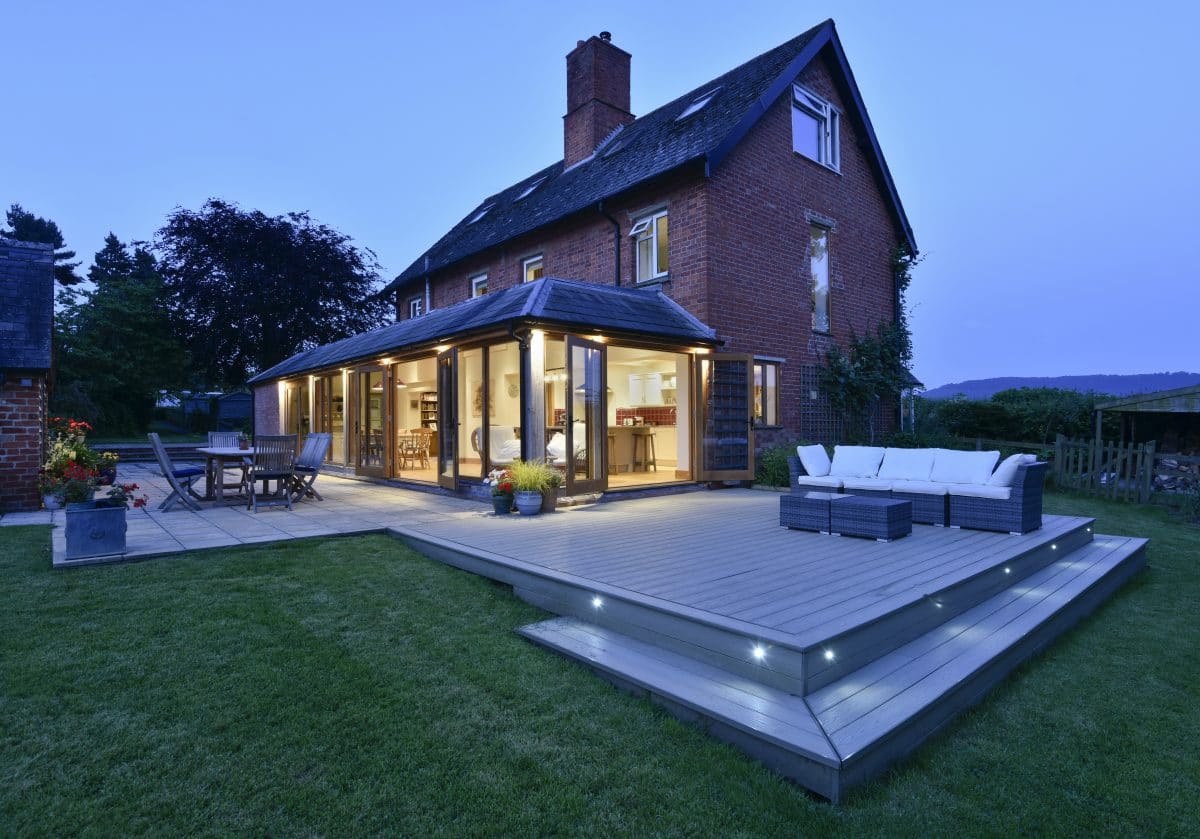
Living in an architect-designed home
Once the construction phase is complete, a project is ready to move into. It’s Stage Four of our process and it’s an opportunity for clients to enjoy what the project has given them and how it’s changed the way they live.
“Flow is the main word I’d use. It matches the way we live. It’s also a very social space – if you have people round for dinner, the person cooking isn’t stuck in a dark room at the back, you’re talking and looking out at the view.”
Jenny“We love the place – it’s fantastic. Every morning, you come down and you think, ‘This is lovely’. We are very happy to be here.”
Simon

